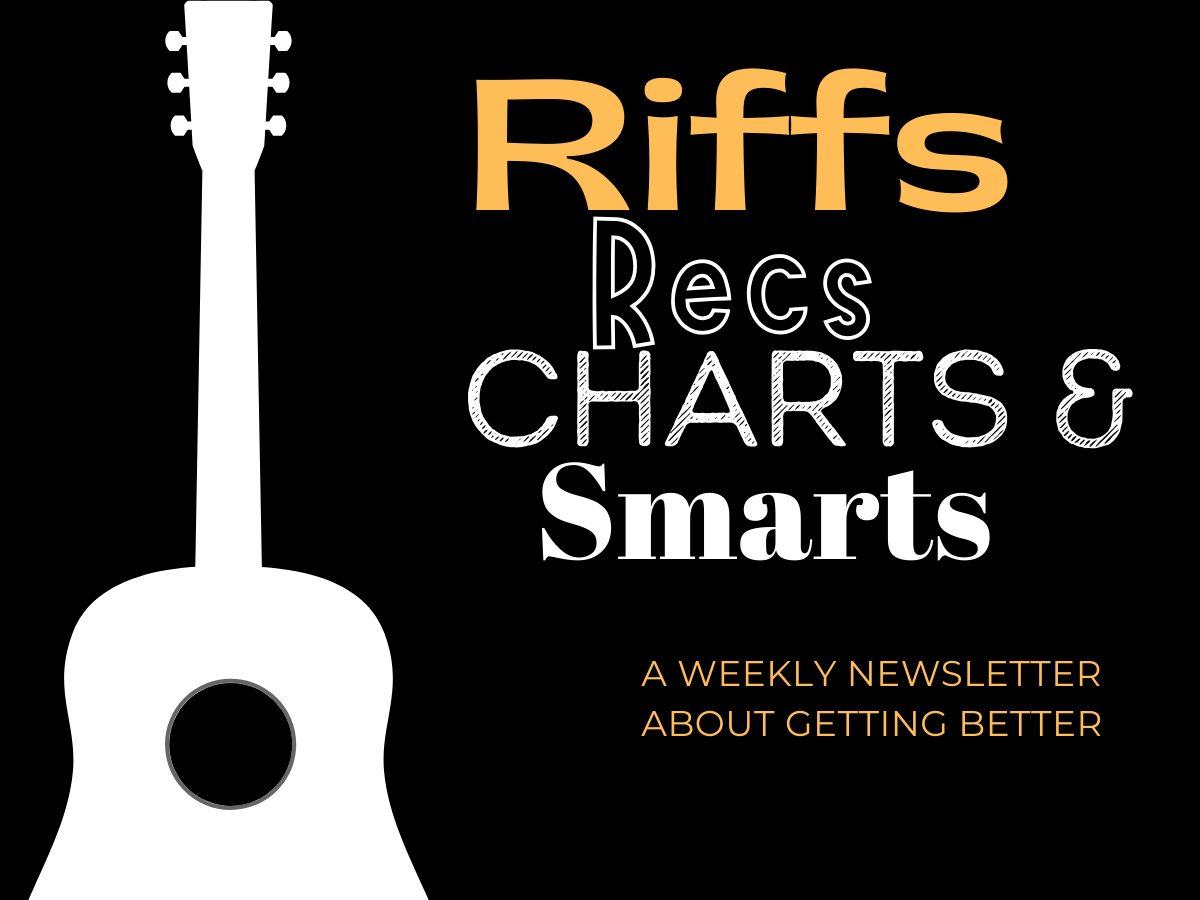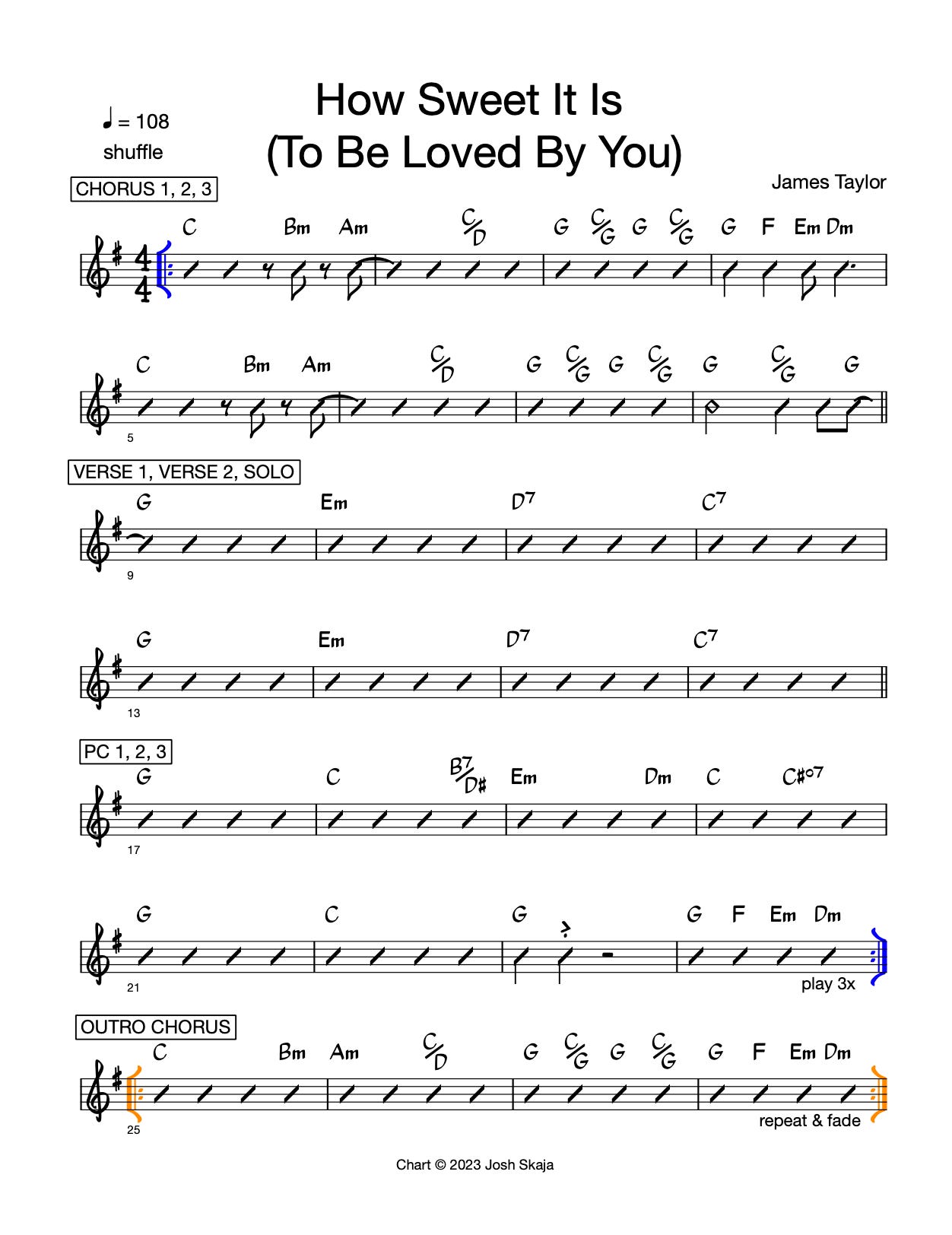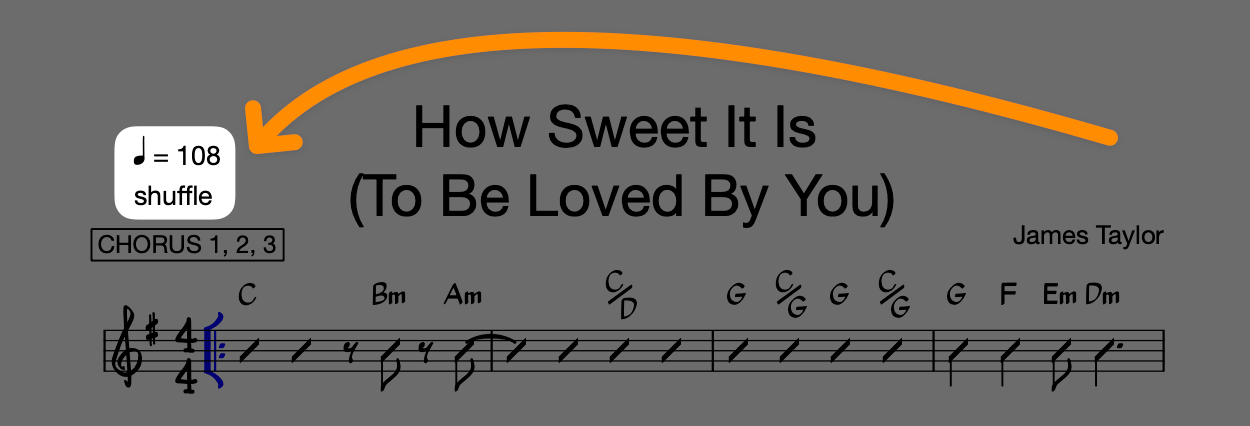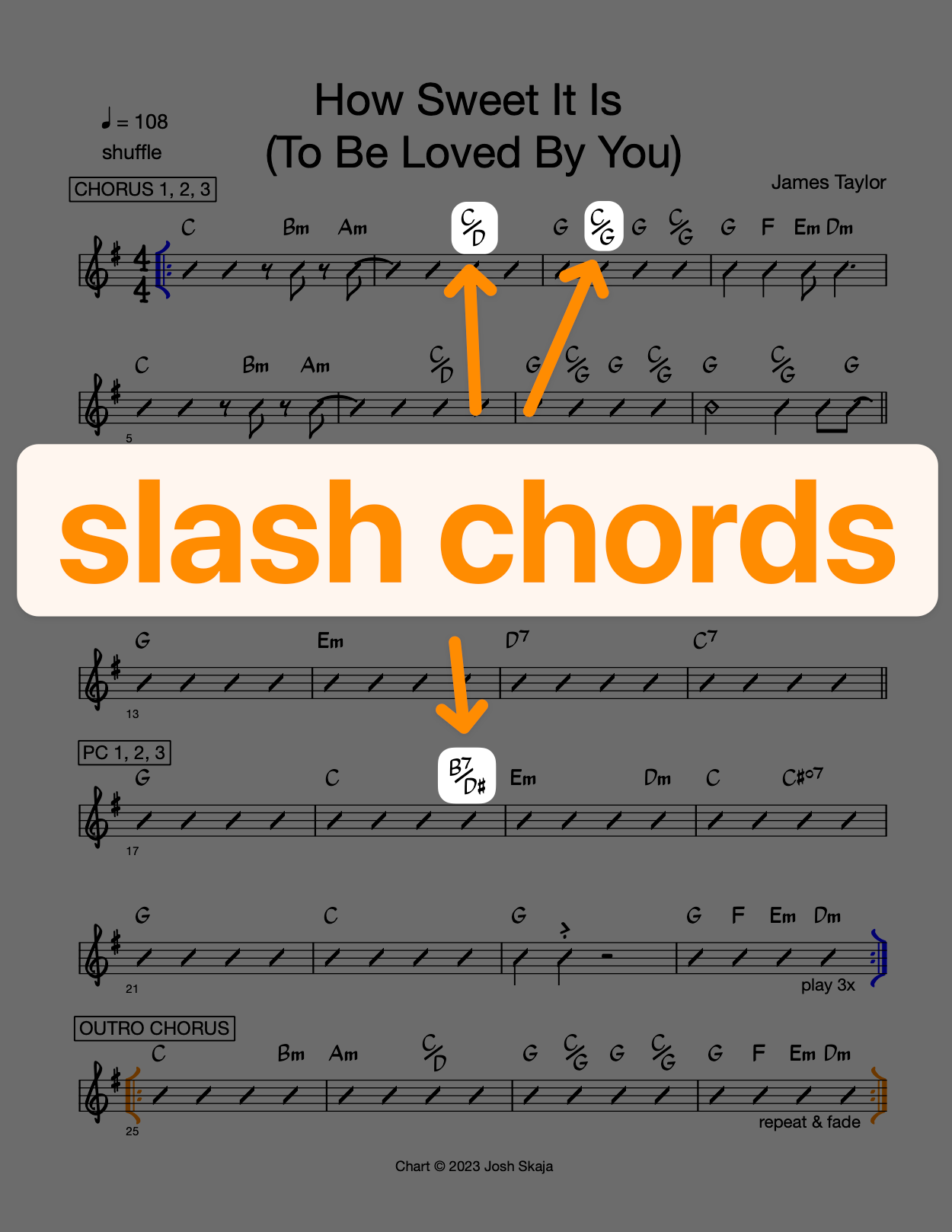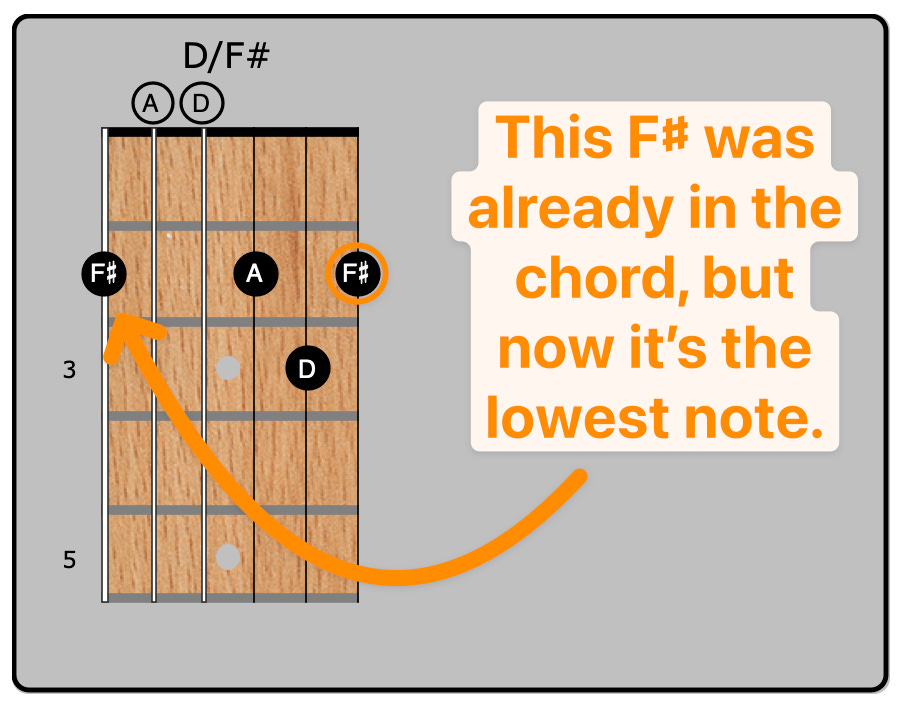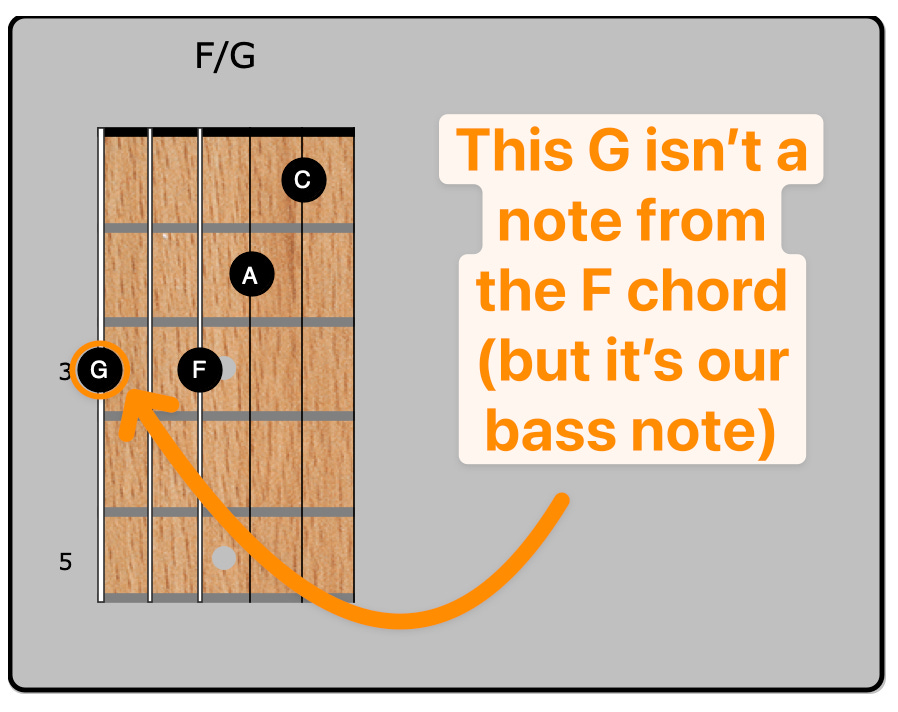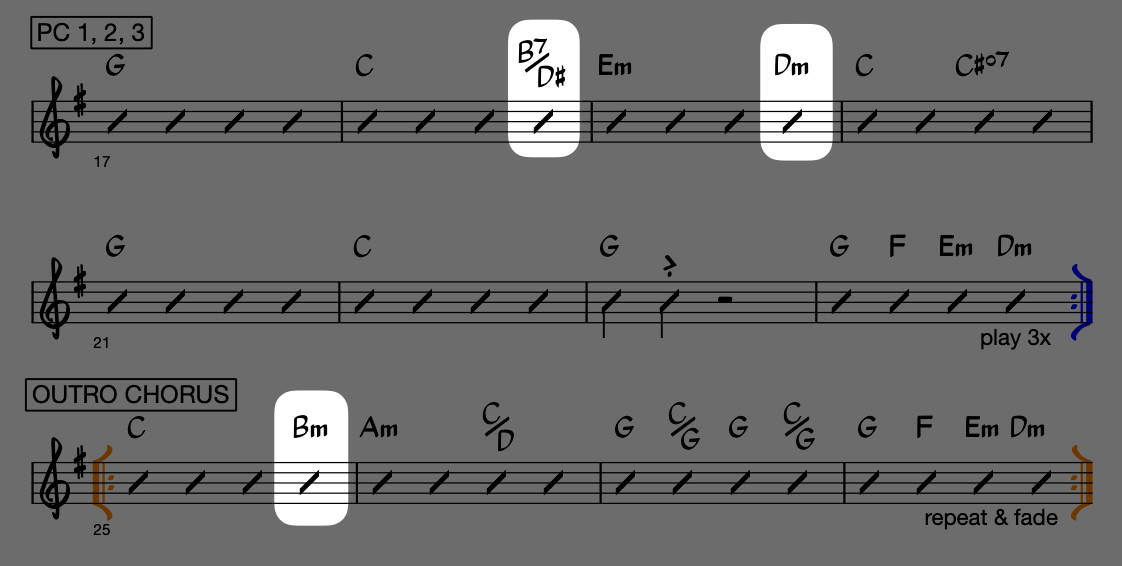🍰 How Sweet It Is
(plus: a one-sentence manifesto)
RIFFS:
The one-sentence manifesto.
Wanna get better?
Learn more songs.
Want to have more fun?
Learn more songs.
Want to improve your chances of joining a cool band?
Learn more songs.
Want to know which music theory bits are truly useful?
Learn more songs.
Songs teach us what to practice.
Songs teach us what chords go together.
Songs show us how the parts become the whole.
Songs are what get under our skin.
Songs bring us together.
Songs transport us through time into our own pasts.
People don’t dance to techniques.
They don’t request modes.
They didn’t come out to hear you play guitar.
They’re in it for the songs.
Learn more songs.
I’m doubling down on my solo show.
Should work on my time feel? Yes.
Do I need to improve my voice? Absolutely.
Should I upgrade my PA system? That could help too.
Do I need video promo materials? Hoo boy do I ever.
But the number one thing I’m working on?
You guessed it: learn more songs.
Two songs a week.
That’s my pace.
One hundred a year.
Almost twice as many new songs as I can play in a three-hour gig.
I’m working on a new course teaching how to learn songs.
In the meantime:
(how to practice)
(music’s most important—and most often neglected—component)
RECS:
I was feeling sore. Stiff. Old.
Then I found this ~10m routine:
Been doing it every day & I feel better than I have in twenty years.
CHARTS:
This week I added How Sweet It Is (To Be Loved By You) to my solo show.
I grew up listening to the Marvin Gaye version.
But if you play in any kind of wedding/corporate/function band, you’re pretty much expected to know the James Taylor version.
My chart (in PDF, .sib, & musicXML) is in this Dropbox folder.
SMARTS:
1
It’s a shuffle:
That means there’s an implied triplet overlaid on each beat.
When we leave out the middle note of the triplet, we get that lopsided, uneven swing sound we hear in country, blues, & Van Halen records.
quarters, then triplets, then shuffle 8ths
2
Slash chords:
A slash chord is just a chord with a note other than its root in the bass.
Sometimes that’s a note that’s already in the chord:
Other times it’s a note that’s not already in the chord:
3
Passing chords:
These chords are played for a single beat, en route to the main chords.
If we leave them out, the song still works…
…but of course it sounds cooler with them in there.
4
“Play 3x” vs “Repeat 3x”
A good chart is never ambiguous about the form.
“Repeat 3x” is ambiguous—does it mean three REPEATS, or three times TOTAL?
“Play 3x” is unmistakably clear.
That’s all I got this week.
See you next Wednesday,
Josh


